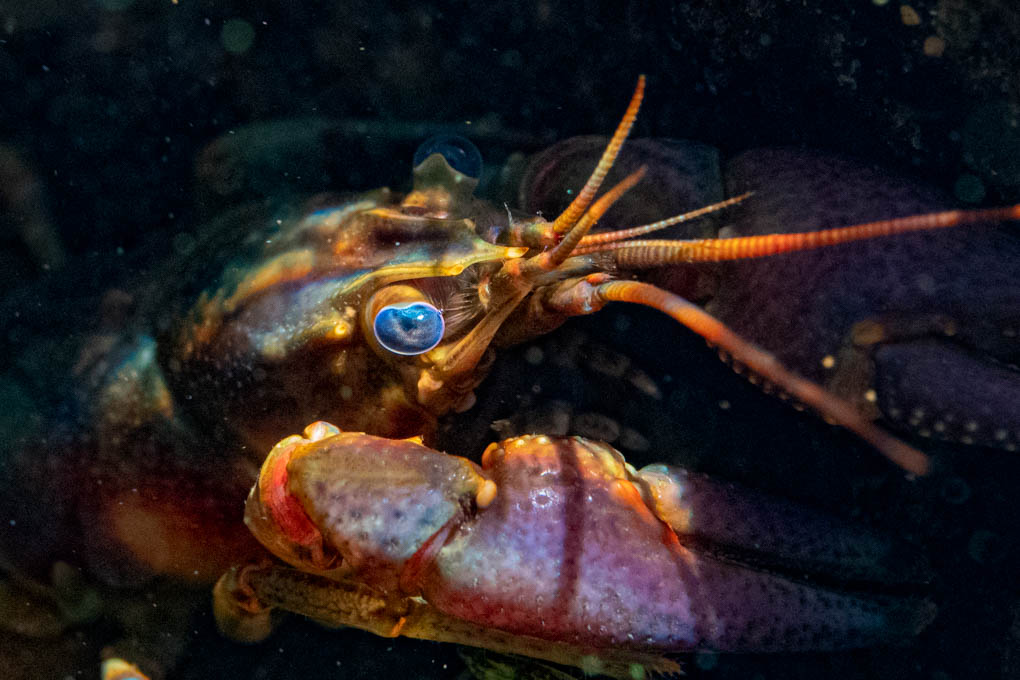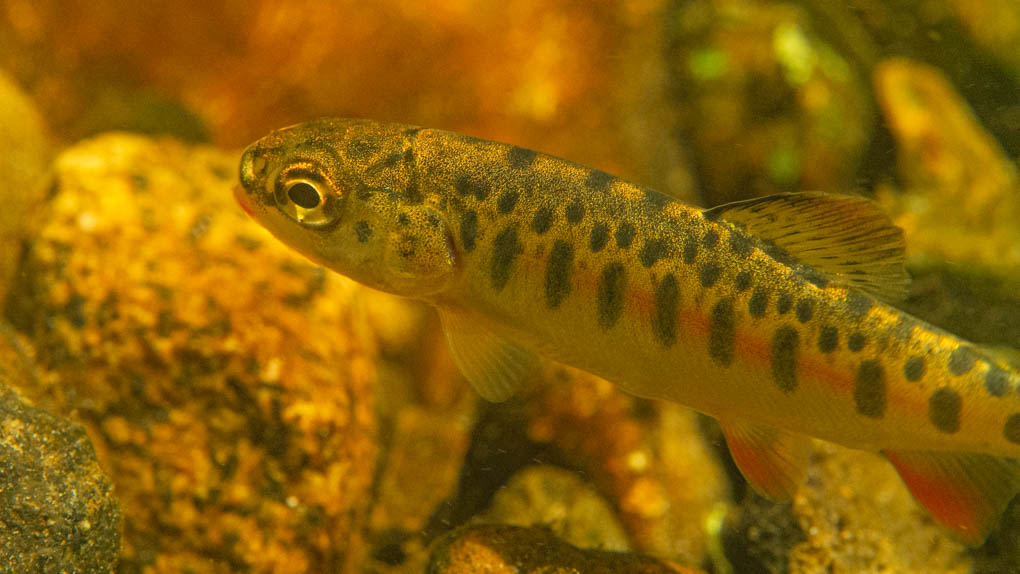Ecology
Insect Life and Hatches of the Muskegon River
The Muskegon is a unique place for a lot of reasons. Its location in the state puts it on the border between largely warmer rivers to the south and colder freestone streams to the North. As such, it is a nice mix between warm and cold water habitats and holds warm and cold water species. This helps to produce great insect life and hatches in the food web of the Muskegon River. Insects
Crustaceans
One of the most prolific food sources available is crustaceans. Crayfish are available year around but are most vulnerable to predation during the summer months. At this time, they are numerous and frequently have a soft outer shell. During the summer, the entire ecosystem can rely on crayfish, and most of the birds and small animals along the river feed gorge on them. Scuds and Sowbugs are very common as well. During the winter, we commonly use scud imitations while fishing under indicators. At times, the scuds will appear white while mating. Later in the winter, some will have an orange line on their bodies. Thus and orange scud can prove deadly in the winter. Throughout the year, you can always use a generic tan, grey, or olive scud. Sowbugs are grey in color most of the year but will turn bright yellow at times. Terrestrials Though not as prolific as on other rivers, terrestrials do play a role on the Muskegon. Through the trout fishing areas below Croton, flights of ants make an appearance in August and September. These can be quite tiny, ranging in size from a size 14 to a size 20. In the smallmouth stretches of the river, other terrestrials play a part. On the grassy areas of the river, hoppers are blown into the river on windy days, adding to the productivity of small popper patterns. Smallmouth take advantage of other types of terrestrials as well, and we have seen them feed on caterpillars and cicadas. Bait Fish
This river system holds a dazzling array of baitfish. These bait fish can be classified into two types, the resident bait fish and the migratory bait fish. Resident bait fish include chubs, sculpins, gobies, darters, shiners, and silversides just to name a few. When it comes to resident bait fish, some become seasonally abundant and you can take advantage of this. Another great thing to keep in mind is the spawning seasons of the bait fish. With few exceptions, any type of bait fish will become more vulnerable when spawning. Tying flies to imitate spawning bait fish is deadly. The other category of bait fish is the migratory types. These include salmon and steelhead fry, as well as strange things like sucker fry and gar fry. The key to imitating these is really simple. Look along the edge of the river for fry and imitate the size of the fry that you see. Fry can be deadly while fished with a nymphing presentation for steelhead. They also play a large part in the trout fishing whether as a stripped streamer or as a wet fly. If you enjoy learning about the biology of this river, please book a trip to experience it firsthand. Another great way to learn about the fishing in this region with baitfish patterns is to purchase Kevin’s book, Matching Baitfish. |


 One thing that you will notice about the Muskegon immediately if you fish below Croton, is the amazing amount of gravel and rock in the river. This type of substrate is prime habitat for a variety of types of insects. The insect life continues to change in this river. Often external forces, such as invasive species, play a role in which insects are abundant. Regardless of the changes that occur, mayflies, caddis, midges, and many other types of insect thrive in this resource. Noted hatches are gray drake mayflies, sulfurs, and Isonychias.
One thing that you will notice about the Muskegon immediately if you fish below Croton, is the amazing amount of gravel and rock in the river. This type of substrate is prime habitat for a variety of types of insects. The insect life continues to change in this river. Often external forces, such as invasive species, play a role in which insects are abundant. Regardless of the changes that occur, mayflies, caddis, midges, and many other types of insect thrive in this resource. Noted hatches are gray drake mayflies, sulfurs, and Isonychias.
